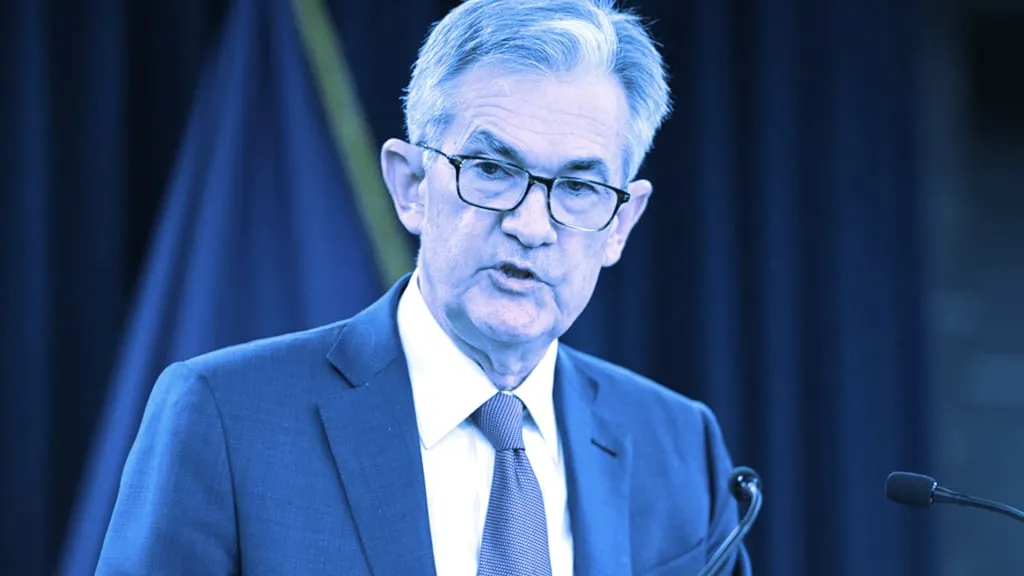Bitcoin and the rest of the cryptocurrency market has held steady following the Federal Reserve’s announcement today that the central bank has hiked interest rates by 25 basis points.
The move, which aligned with market expectations, raises rates from 4.5% to 4.75%, the highest the federal funds rate has been in decades. The Fed began aggressively raising rates last year in an attempt to cool record-high inflation, which has negatively impacted the value of stocks, equities, and crypto assets.
Bitcoin, the biggest cryptocurrency by market cap, was at the time of writing trading for $23,029—a 0.3% increase in the past hour, according to CoinGecko. It’s now down 66.4% from its all-time high of $69,044.
Ethereum, the second biggest digital asset, was up the same amount, trading hands for $1,577. ETH is down 67.6% from its peak of $4,878.
Both assets are up in the past week—Bitcoin by nearly 2%; Ethereum by 1.3%.
CoinShares Head of Research James Butterfill told Decrypt that the Federal Reserve’s statement today added “nothing new to really move the markets.” Federal Reserve Chairman Jerome Powell “has tried to express hawkishness by stating that the job isn't done, but the markets aren't buying it,” he added.
But the U.S. stock market, which digital assets have followed this year and last, dropped then jumped following the news: at the time of writing, the S&P500 gained 0.2%, while the Nasdaq rose 0.2%.
White Lion Capital co-founder John Nance told Decrypt that the “big question on everyone’s mind is, is the bottom in for risk assets?”
“With respect to Fed monetary policy, bottoms and tops in previous market cycles have come before/after the peak/trough in rates,” he said.
Bitcoin has typically followed the stock market because it is a “risk-on” asset. This means its price can be volatile—just like equities. Investors have sold “risk-on” assets as the Fed has upped interest rates to get 40-year high inflation under control.
This is because when interest rates are high, investors prefer “safe-havens” like gold or the U.S. dollar.
And today, the Fed said it would continue upping interest rates—though not as aggressively as last year, when it upped interest rates by 75 basis points four times.
“The Committee anticipates that ongoing increases in the target range will be appropriate in order to attain a stance of monetary policy that is sufficiently restrictive to return inflation to 2 percent over time,” the Federal Reserve said in a statement.
“Inflation remains too high,” Powell said in a press conference Wednesday. “The job is not yet done.”

